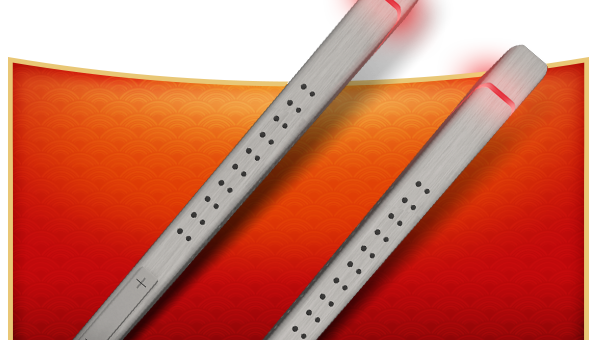
Consider the manpower and dollars needed to photograph Mercedes latest vehicle in a bustling urban atmosphere? Or one of Ikeas many dining room sets that would be perfect for an array of decorative settings. Now consider all the uncontrollable factors such as weather and lighting that can become a photo shoot’s worst nightmare. Almost all of which can be avoided with the help of highly skilled 3D artists. More and more agencies are now seeking talented graphic artists whose skillsets contain 3D rendering. One can only expect this trend will continue to grow.
I myself am an art director working for an Advertising Agency in Kansas City. Like most designers I’ll spend hours meticulously trying to create realistic shadows, dramatic lighting and 3D objects in the rigid confines of a 2D program. When your client is asking you to maximize the versatility of their product you’re doing them, and yourself, a disservice by only using photo editing software.
After a year of sitting back and admiring the beautiful 3D work that would flood my Behance activity feed I finally decided it was time to take on 3D rendering. To my surprise there were tons of learning tools to my disposal. Lynda, Skillshare and YouTube are full of in depth tutorials on a variety of 3D programs. Maxon Cinema 4D has been my weapon of choice. One minor disclaimer, these programs can be very pricey. If you’re looking to get your feet wet but not willing to shell out a bunch of cash a great tool to start with is Blender, it’s free and open-sourced 3D software. What more can you ask for?
I came into rendering 3 months ago with zero knowledge of Maxon Cinema 4D but I’ve already been able to produce an assortment of renders to help satisfy some of our many client needs.
Most recently our agency created an April Fools landing page for Tai Pei’s latest innovation, CHOPstx. These fictional sticks are temperature sensitive, stream music and hover next to your meal. The results were amazing. Harnessing the power of 3D we were able to produce a collection of angles, settings and surface lights that would normally take a team of photographers, not to mention we would also need the sticks to exist in real life. We’re probably 30 years away from hovering chopsticks.
Like learning any new skill it comes with modest beginnings and many frustrations. As time goes on these programs will continue to get more affordable and intuitive. There’s a reason 75% of Ikea’s product images in their 2014 catalogue were 3D renderings. 3D renders are trending up. There’s no better time to acquaint yourself with 3D Modeling/Rendering than while it’s still very early in it’s growing partnership with advertising.
